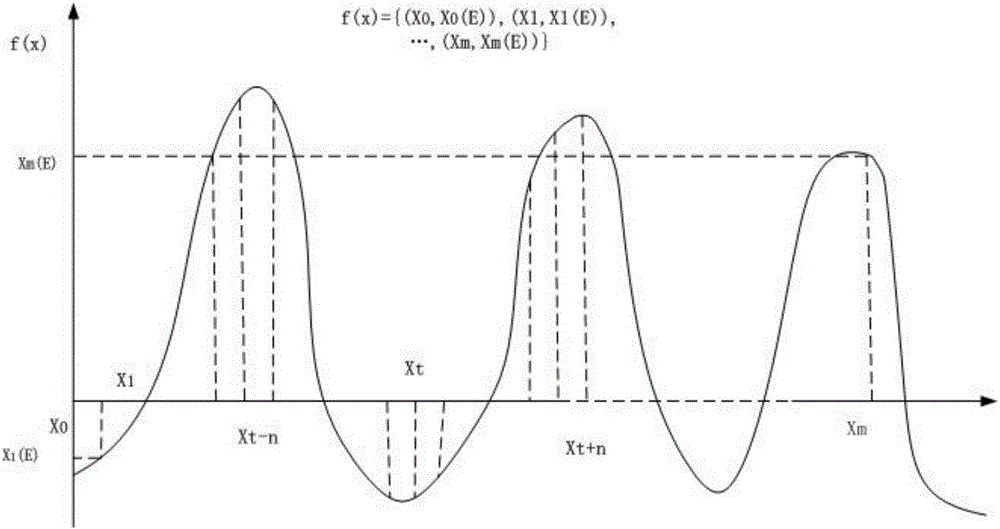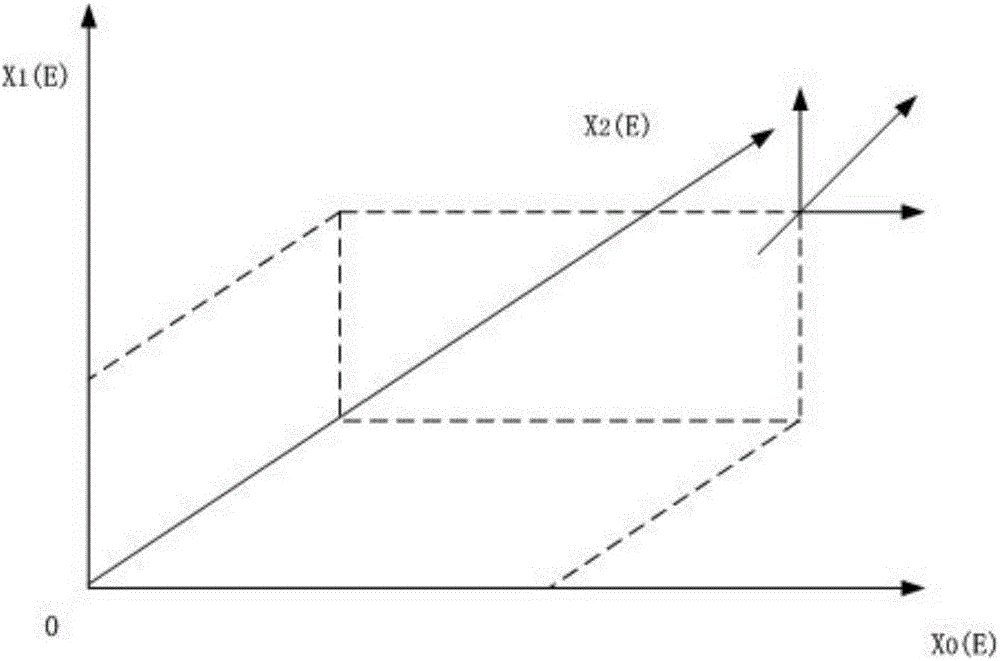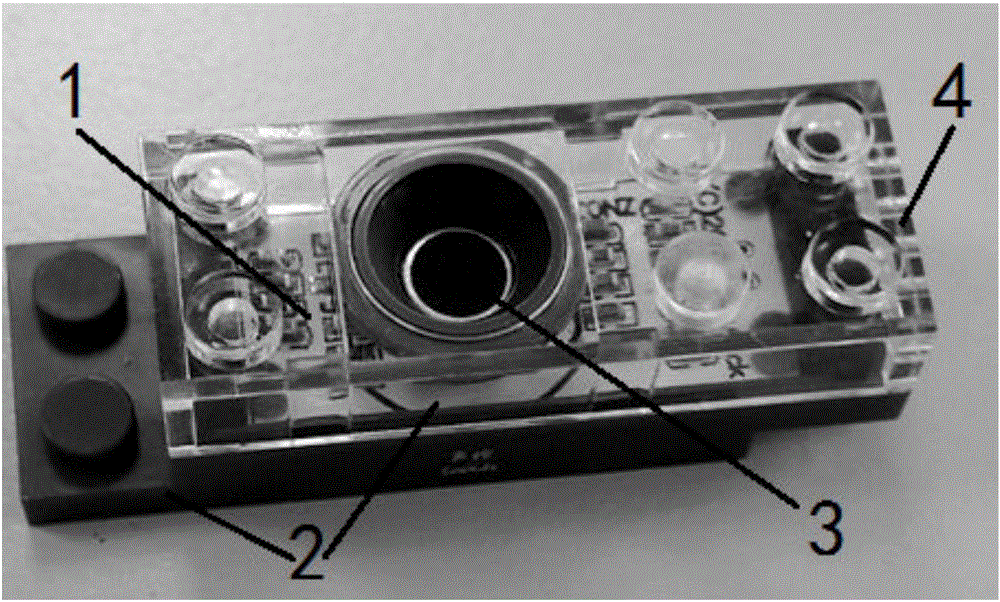Voice identification algorithm and voice identification module of modular robot
A speech recognition and robot technology, applied in speech recognition, speech analysis, instruments, etc., can solve the problems of complex speech recognition algorithm, large amount of calculation, long time consumption, etc., achieve improved recognition rate, low complexity, and reduce algorithm complexity degree of effect
- Summary
- Abstract
- Description
- Claims
- Application Information
AI Technical Summary
Problems solved by technology
Method used
Image
Examples
Embodiment Construction
[0021] The following will clearly and completely describe the technical solutions in the embodiments of the present invention with reference to the accompanying drawings in the embodiments of the present invention. Obviously, the described embodiments are only some, not all, embodiments of the present invention. Based on the embodiments of the present invention, all other embodiments obtained by persons of ordinary skill in the art without making creative efforts belong to the protection scope of the present invention.
[0022] refer to figure 1 , figure 2 As shown, a modular robot speech recognition algorithm includes the following steps:
[0023] S1, the speech feature function f (x) is sampled at intervals to obtain m function values (X 0 (E),X 1 (E),L,Xm(E));
[0024] S2, with X 0 ,X 1 ,L,X m As the coordinates of the Hilbert space, the characteristic function in the time domain f(X)={X 0 (E),X 1 (E), L, Xm(E)} are transformed into points in the m-dimensional H...
PUM
 Login to View More
Login to View More Abstract
Description
Claims
Application Information
 Login to View More
Login to View More - R&D
- Intellectual Property
- Life Sciences
- Materials
- Tech Scout
- Unparalleled Data Quality
- Higher Quality Content
- 60% Fewer Hallucinations
Browse by: Latest US Patents, China's latest patents, Technical Efficacy Thesaurus, Application Domain, Technology Topic, Popular Technical Reports.
© 2025 PatSnap. All rights reserved.Legal|Privacy policy|Modern Slavery Act Transparency Statement|Sitemap|About US| Contact US: help@patsnap.com



